“Puberty” is an 1893 oil on canvas painting by Edvard Munch, measuring roughly 150 by 110 centimeters. Norwegian artist Edvard Munch painted works expressing discomfort and anxiety at the end of the 19th Century. Initially realistic, his painting became increasingly symbolic and elusive. Long wiggly strokes deformed faces, objects and the environment. Rather than depicting reality, his colors communicated sensations and moods. The images painted by Munch resembled ghostly apparitions, and represented the existential anxiety that characterized much of northern European literature and philosophy at the end of the century. The first version of “Puberty” dates back to 1886, but was destroyed in a fire. Afterwards, Munch made two more paintings and numerous engravings on this same theme. The central figure of the painting is a naked girl. Her body is still immature. She sits on a bed in an empty room, covering her pubis with a prudish gesture. Her wide eyes and rigid pose express her discomfort with the transformation that puberty entails, starting with the changes within her body and the discovery of her sexuality.
This phase of life, signifying the passage from childhood to adulthood, is depicted as a troubled period dominated by fear. The young girl’s body projects a large black shadow that seems to incarnate her own discomfort and fear. In contrast with the large, intact bed, an image that may allude to her lost childhood, the looming shadow seems to embody the threat of a future full of anxiety. Starting in 1893, the year in which he painted this version of “Puberty”, Munch conceived of his paintings as part of a single cycle dedicated to life, love and death. He titled this cycle “The Frieze of Life” [1893-1918] and continued to work on it until 1918. The cycle included many of his most famous works, including “Puberty”, “Madonna” and “The Scream” [1893]. “The Frieze of Life” was exhibited in Berlin in March 1902. 22 paintings made during the previous decade were hung on the walls in sequence, unified by a continuous white frame. Munch’s “Frieze of Life” would have an enormous influence on German art, contributing to the birth of Expressionism. “Puberty” is currently on exhibition in Oslo’s Nasjonalgalleriet.
This phase of life, signifying the passage from childhood to adulthood, is depicted as a troubled period dominated by fear. The young girl’s body projects a large black shadow that seems to incarnate her own discomfort and fear. In contrast with the large, intact bed, an image that may allude to her lost childhood, the looming shadow seems to embody the threat of a future full of anxiety. Starting in 1893, the year in which he painted this version of “Puberty”, Munch conceived of his paintings as part of a single cycle dedicated to life, love and death. He titled this cycle “The Frieze of Life” [1893-1918] and continued to work on it until 1918. The cycle included many of his most famous works, including “Puberty”, “Madonna” and “The Scream” [1893]. “The Frieze of Life” was exhibited in Berlin in March 1902. 22 paintings made during the previous decade were hung on the walls in sequence, unified by a continuous white frame. Munch’s “Frieze of Life” would have an enormous influence on German art, contributing to the birth of Expressionism. “Puberty” is currently on exhibition in Oslo’s Nasjonalgalleriet.
RELATED
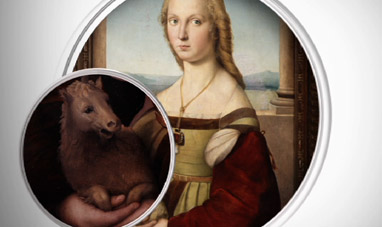

YOUNG WOMAN WITH UNICORN


DISQUIETING MUSES
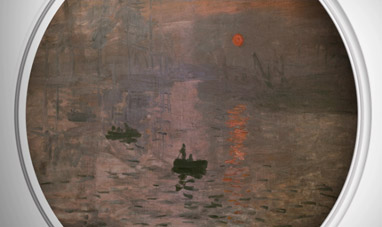

IMPRESSION, SUNRISE


YOUNG BOY WITH A BASKET FRUIT


STARRY NIGHT
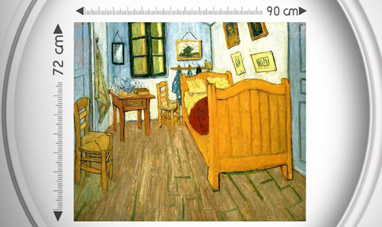

THE BEDROOM
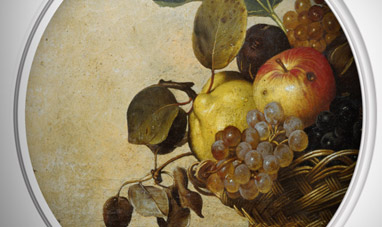

BASKET OF FRUIT
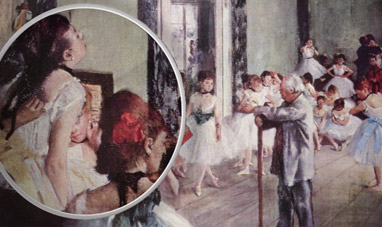

THE DANCE CLASS
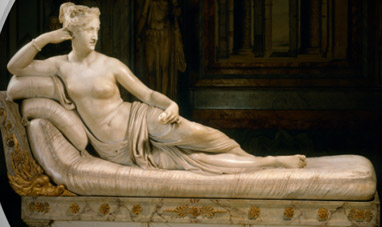

PAULINE BORGHESE
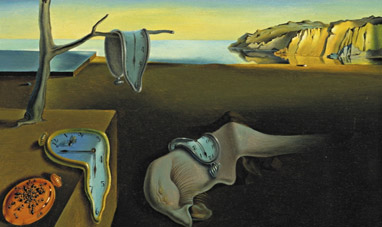

THE PERSISTENCE OF MEMORY


LAS MENINAS


ERNST LUDWIG KIRCHNER


DAVID (MICHELANGELO)
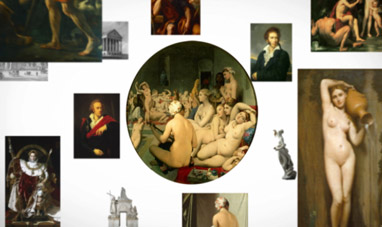

NEOCLASSICISM
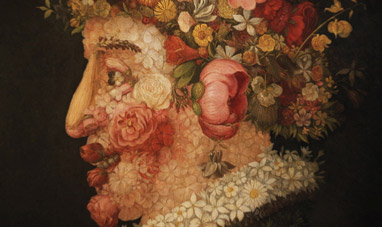

MANNERISM
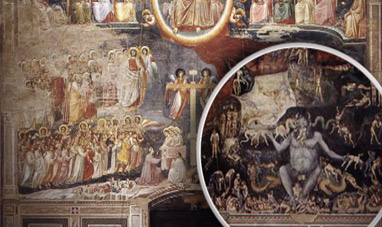

SCROVEGNI CHAPEL
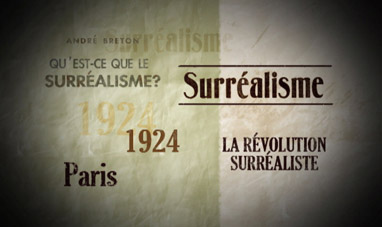

SURREALISM


SATURN DEVOURING HIS SON


THE ECSTASY OF SAINT TERESA
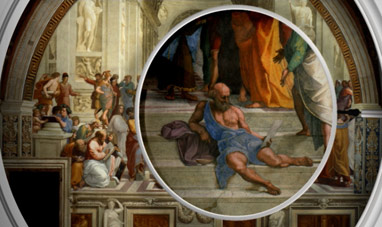

THE SCHOOL OF ATHENS


SOLOMON R. GUGGENHEIM MUSEUM
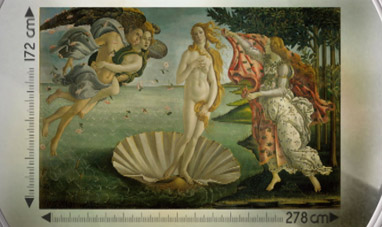

THE BIRTH OF VENUS


IMPRESSIONISM
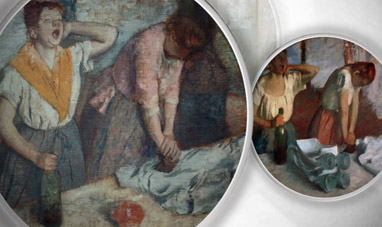

WOMEN IRONING
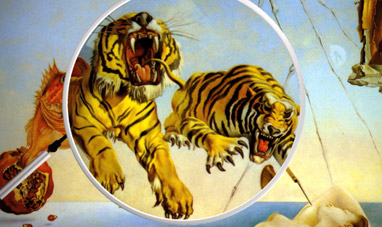

DREAM CAUSED BY THE FLIGHT OF A BEE AROUND A...
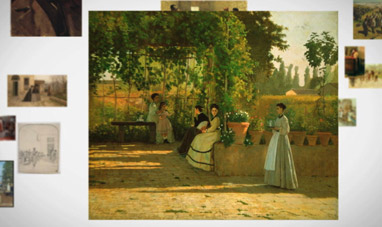

THE MACCHIAIOLI
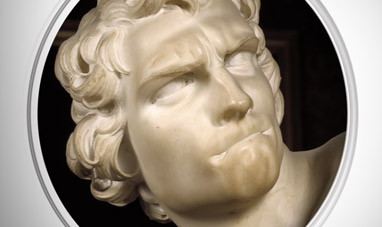

DAVID (BERNINI)


INNOCENT X


ROMANTICISM


ST. PETER'S BALDACHIN
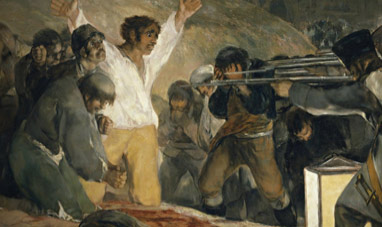

THE THIRD OF MAY 1808: THE EXECUTION OF THE DEFENDERS...


LADY WITH AN ERMINE


THE CRUCIFIX OF SANTA MARIA NOVELLA


MADONNA OF THE GOLDFINCH
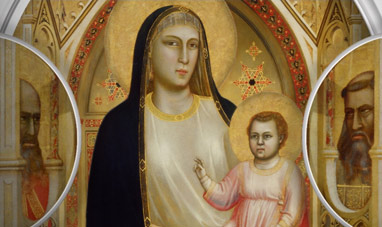

THE MADONNA DI OGNISSANTI
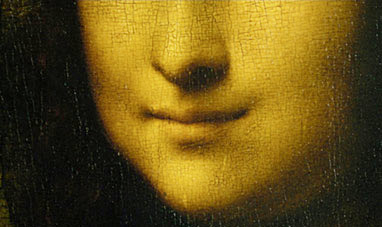

THE MONA LISA
